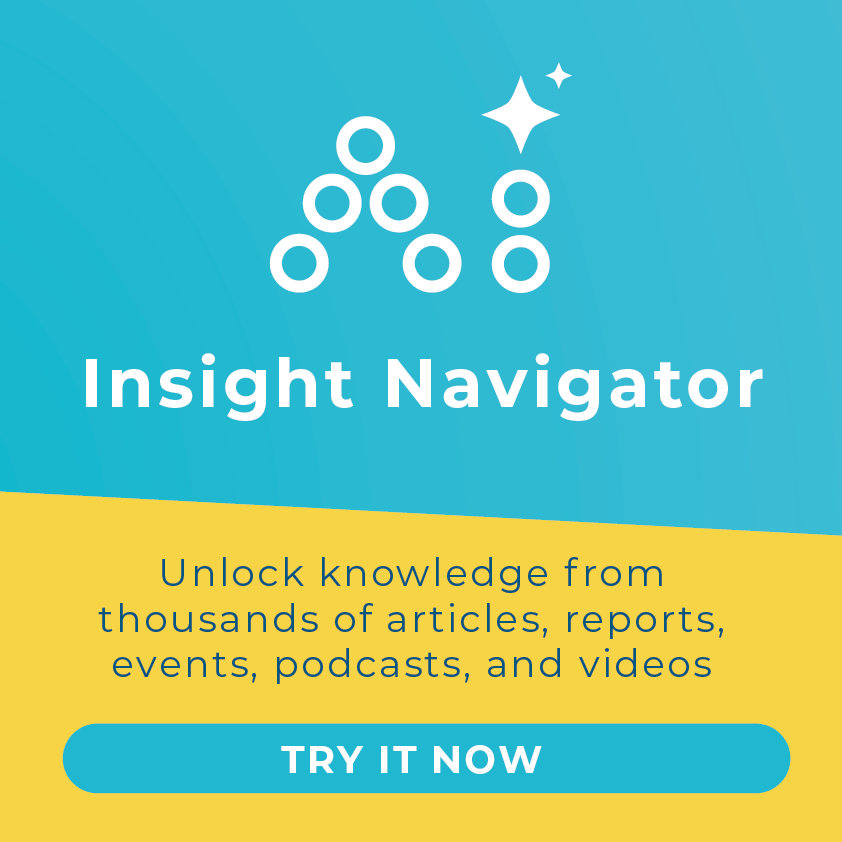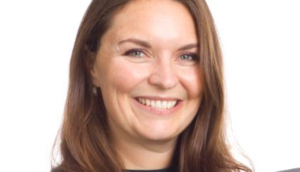By Lara Sinha, Hub Manager, The Practitioner Hub for Inclusive Business
Changing lives for people at the Base of the Pyramid (BoP): easy to say, tough to deliver, and very tough to define and measure. Although nearly all inclusive businesses and social investors aim to benefit clients at the BoP, there is huge diversity in how the BoP or ‘underserved’ are defined, their numbers are tracked, impact measured and their feedback gleaned. A new mini-series from the Practitioner Hub aims to simplify the process and provide a guide to the many approaches out there at the moment.
Cutting through the jargon and drawing from the experience of inclusive businesses on the ground, the Practitioner Hub has just launched a new Checklist to help businesses measure their impact. Can you count what counts? How to tally numbers reached at the BoP lays out four basic steps to follow when tracking reach at the BoP, giving practical examples of companies from the Business Call to Action and Impact Programme portfolios.
The DFID Impact Programme takes a helicopter view of the impact measurement space in this new discussion paper: Tracking reach to the Base of the Pyramid through impact investing. It looks at some of the myriad of definitions and challenges that many investors and businesses face when tracking the reach and impact of their interventions:
- Who counts as poor or ‘base of pyramid’?
- Who counts as a beneficiary?
- What approaches, definitions and assumptions could/should be used?
There are clearly numerous approaches that can be used but how are inclusive businesses actually putting these into practice on the ground?
For Juhudi Kilimo, a social enterprise that provides finance to smallholders in Kenya, communication with its clients is a critical part of social performance. In Using mobile-enabled technologies for collecting data and managing …, Juhudi’s Kulsoom Ally explains how they use mobile technology to trace their impact and develop client relationships.
Engaging effectively with its clients is something that has worked very well for another Kenyan business, Sanergy. They undertook extensive research and data collection to come up with several key consumer insights about how their FreshLife toilets are used and perceived by low-income customers.
The work low-cost health-care provider Ziqitza Health Care Ltd (ZHL) has done around its impact measurement is a great example of how businesses can understand their market segments, and as a result, better target key users. In this video from the BCtA annual Forum 2014, founder of ZHL, Shaffi Mather talks about a client study with the Grameen Foundation that allowed them to do this.
Demand for good impact assessment tools from businesses, like ZHL, and investors has grown exponentially in recent years. Acumen Fund has pioneered impact measurement in India and helped its investees improve their processes. Wei Wei Hsing writes that there is More measurement among impact investors in India and gives an overview of the different measurement methods used by funds for the pre-investment impact analysis, understanding end-users and post-investment impact acceleration.
In her blog, impact investment expert Alice Chapple looks at how these tools have evolved in the three years since she wrote a comprehensive paper on the subject.
There is evidently a growing emphasis on measuring numbers reached and direct results achieved as a way to gauge success at the BoP. But what about the indirect results? ‘Innovators and Pinballs’ by Mike Kubzansky and Paul Breloff, the Hub’s Editor’s Choice this month, suggests that the focus should be on how particular innovations change markets and influence competitors rather than on the specific results at the level of a single firm.
MORE INFORMATION
The Practitioner Hub for Inclusive Business is an online platform that provides practical information and resources to the practitioners and facilitators of inclusive business. It provides a space for practitioners to connect, share experiences and gain new insights to help their inclusive business ventures grow.
Download a PDF version of the full mini-series
Access the complete set of the Practitioner Hub monthly series
Sign up to the Practitioner Hub to receive a mini-series in your inbox every month, to comment on hundreds of inclusive business resources and to contribute your own blogs.










